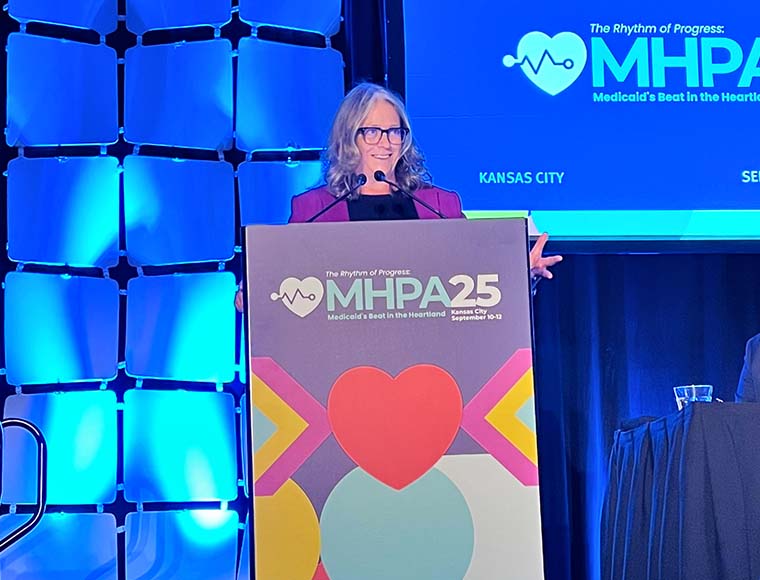Following the end of the Medicaid continuous coverage requirement that was put into place during the COVID-19 public health emergency (PHE), states will now start processing Medicaid eligibility renewals.
This process, referred to as redetermination, checks whether a member is still eligible to receive Medicaid benefits based on several factors, including changes in income, household size, age, and disability status.
The unwinding of Medicaid’s continuous coverage is a significant policy and operational shift with the potential to affect millions of individuals. Prior to the start of the COVID-19 national PHE, Medicaid members would go through an annual renewal process to reassess their Medicaid eligibility. As of October 2022, around 91.3 million people were enrolled in Medicaid and CHIP.1 Due to the length of the PHE, some individuals haven’t had their eligibility checked since before 2020. Some members have never gone through the renewal process.
Preparing members for redetermination
The redetermination process will vary by state. States could start processing redeterminations on February 1 and can terminate coverage for people who no longer qualify as of April 1. Some beneficiaries may be automatically renewed by their Medicaid agency, but others may need to act and provide documentation to verify their eligibility.
Because members have not needed to complete redetermination to maintain coverage during the PHE, communication between members and state Medicaid agencies has been less frequent. This makes raising awareness about the process and the need to update contact information a top priority.
State Medicaid agencies will work to contact members in advance of redetermination activities and will provide a time window to update eligibility information, including income documentation and any changes in circumstance. In addition, providers can remind patients to be on the lookout for information regarding redeterminations and to respond quickly if requested to do so.
The potential for disruption
Redetermination could cause a major disruption for members should it result in the loss of health insurance.
According to a report by the U.S. Department of Health and Human Services’ Office of the Assistant Secretary for Planning and Evaluation, almost 18% of Medicaid and CHIP beneficiaries, or 15 million, are predicted to lose Medicaid coverage once the PHE ends. Of these 15 million, 8.2 million are expected to lose coverage due to ineligibility, however, an estimated 6.8 million are still eligible but will lose coverage due to not being aware of the need to reapply.2
Over 72 percent of all children who are estimated to lose Medicaid coverage during the unwinding are predicted to lose it for administrative, rather than eligibility-related, reasons.
The coverage losses will disproportionately impact certain populations. For example, over 72 percent of all children who are estimated to lose Medicaid coverage during the unwinding are predicted to lose it for administrative, rather than eligibility-related, reasons.3
Implications of gaps in coverage impact consumers and providers. According to a 2023 issue brief by the Kaiser Family Foundation, uninsured individuals are less likely than those with insurance to receive preventive care and services for major health conditions and chronic disease. They are also more likely to be hospitalized for avoidable health problems, experience declines in their overall health, and have a higher mortality rate.4 Higher uninsured rates also mean providers are likely to provide more uncompensated care. For providers with a high percentage of patients enrolled in Medicaid, redeterminations represents significant risk to operational budget and provider resources.
Resources for health coverage
Members who are found to be ineligible for Medicaid may be eligible to enroll in other insurance programs, through their employer or on a health care exchange. State Medicaid agencies are required to help transition members into other coverage.
UnitedHealthcare is working with our state partners to prepare members and support them in coverage continuity. Members found to no longer meet Medicaid eligibility criteria will be encouraged to quickly explore other coverage options and enroll. Click here to learn more about how UnitedHealthcare can help members stay covered.
UnitedHealthcare offers qualified health plans for 2023 on the exchange in the following states: Alabama, Arizona, Colorado, Florida, Georgia, Illinois, Kansas, Louisiana, Maryland, Massachusetts, Michigan, Mississippi, Missouri, Nevada, New York, North Carolina, Ohio, Oklahoma, Tennessee, Texas, Virginia, Washington.











